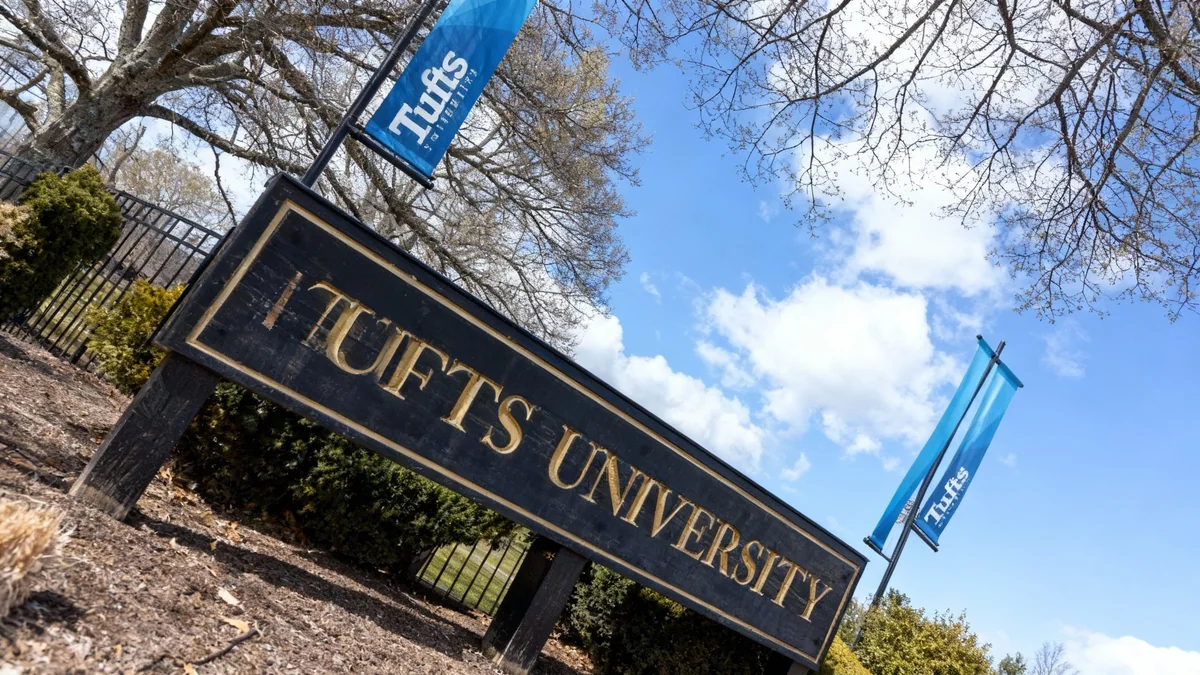The Harlem School District is confronting significant financial and demographic challenges, leading officials to propose a major restructuring plan. The proposal includes the potential closure of two elementary schools, a move aimed at addressing a budget deficit of more than $3 million and a steady decline in student enrollment.
Under the plan, Olson Park Elementary and Maple Elementary would be closed. The district administration has presented this strategy as a necessary step to ensure long-term financial stability and maintain the quality of educational programs for all students. The final decision will be heavily influenced by community feedback gathered during a series of public meetings.
Key Takeaways
- Harlem School District is proposing to close Olson Park Elementary and Maple Elementary.
- The district faces a budget deficit exceeding $3 million and declining student enrollment.
- The plan includes restructuring schools into two-year grade spans to improve efficiency.
- Specialized programs like early childhood and fine arts would be consolidated onto single campuses.
- Community input will be collected at public meetings in December before a final decision is made.
Details of the Proposed Restructuring
The Harlem School District's proposal outlines a significant shift in its operational structure. The most prominent component is the closure of two neighborhood schools: Olson Park Elementary and Maple Elementary. Students currently attending these schools would be reassigned to other facilities within the district.
Beyond the closures, the plan introduces a new educational model based on grade spans. Students would attend schools organized into two-year grade levels, a departure from the traditional K-5 elementary school structure. District officials believe this change will streamline the allocation of resources, standardize instruction, and create more focused learning environments for specific age groups.
Consolidating Key Programs
Another critical element of the plan involves the consolidation of several district-wide programs. Currently, services for early childhood education, fine arts, and the advanced learner program are spread across multiple locations. The proposal calls for each of these programs to be housed on a single, dedicated campus.
This centralization is intended to create centers of excellence for specialized instruction. By bringing dedicated staff and resources together, the district aims to enhance program quality while simultaneously reducing the logistical and financial burdens of operating these services at various sites.
What is School Restructuring?
School restructuring often occurs when districts face challenges like declining enrollment, budget shortfalls, or aging facilities. It can involve closing schools, redrawing attendance boundaries, or reconfiguring grade levels (e.g., creating K-2 and 3-5 schools). The primary goals are usually to operate more efficiently and better align resources with student needs.
The Driving Forces: Finances and Enrollment
The district administration has been clear that this proposed overhaul is not a choice but a necessity driven by two interconnected issues: a shrinking student body and a growing budget gap.
Enrollment numbers have been on a downward trend for several years, a pattern seen in many school districts across the region. Fewer students mean less state funding, which directly impacts the district's operational budget. Maintaining multiple school buildings, each with its own administrative and maintenance costs, becomes less sustainable as the student population decreases.
The Harlem School District is currently operating with a budget deficit that has surpassed $3 million. Officials state that without significant changes, this financial gap is projected to widen, potentially affecting academic programs and staffing levels in the future.
By closing Olson Park and Maple elementary schools, the district would eliminate the substantial costs associated with operating and maintaining those two buildings. The savings in utilities, staffing, and capital repairs would be redirected to address the budget deficit and reinvested into programs for the remaining schools.
Impact on Students and Families
The potential closure of neighborhood schools is a deeply personal issue for many families. School buildings often serve as community hubs, and their closure can disrupt routines, extend transportation times, and sever long-standing social connections for both students and parents.
The district's plan to reassign students will mean new bus routes, different classmates, and unfamiliar teachers for those affected. The shift to two-year grade-span schools will also be a significant adjustment for every family in the district, changing the schools their children will attend as they progress through the elementary years.
Officials have acknowledged these challenges and stated that a comprehensive transition plan will be developed to support students and staff if the proposal is approved. This would likely include orientation events, transportation adjustments, and efforts to integrate students into their new school communities smoothly.
The Path Forward: Community Engagement
The Harlem School District board has emphasized that no final decisions have been made. The proposal is currently a framework for discussion, and community feedback is being actively sought to shape the ultimate outcome. The district has a responsibility to ensure its long-term viability while providing the best possible education, and public input is considered a vital part of that process.
A series of public meetings are scheduled to take place throughout December. These forums will provide residents, parents, and staff with an opportunity to ask questions, voice concerns, and offer alternative ideas. The school board is expected to review all community feedback before holding a final vote on the restructuring plan.
The outcome of these meetings will be crucial in determining the future landscape of elementary education in the Harlem School District. The board faces the difficult task of balancing fiscal responsibility with the deep-seated community value placed on neighborhood schools.





